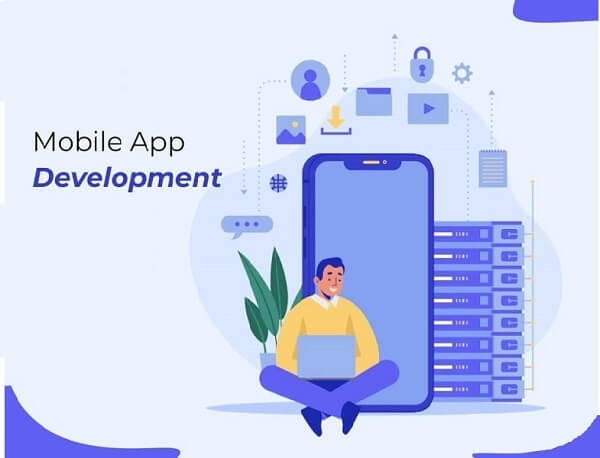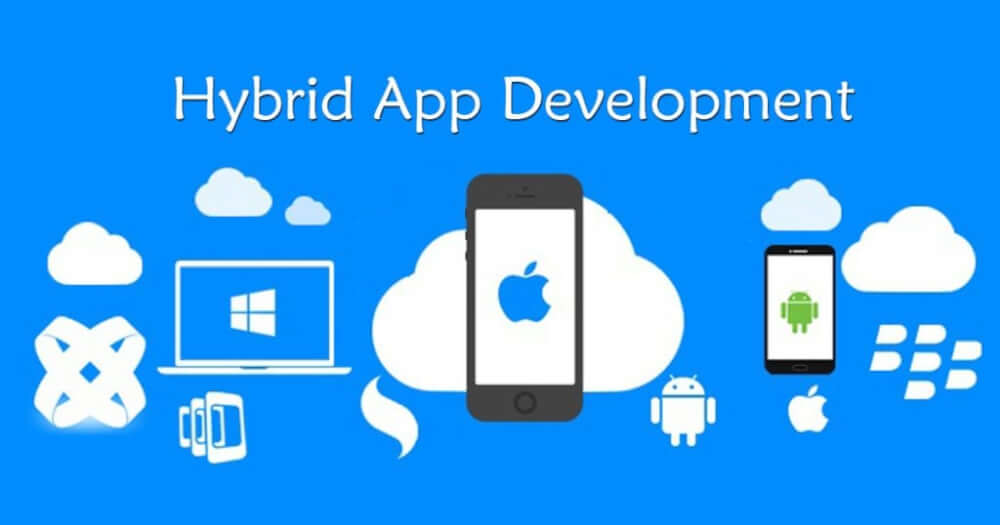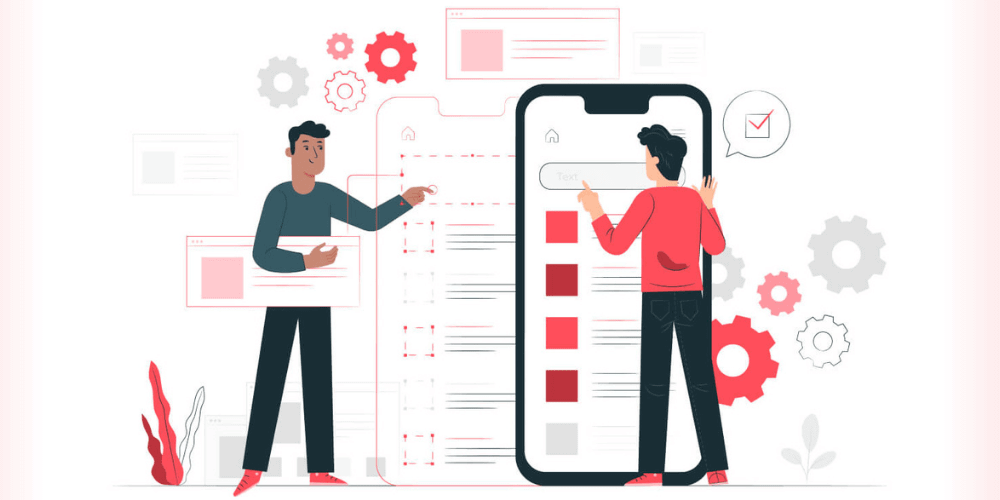The secret to a successful application is identified from the very beginning. Along with knowing what you want, you must also know how to communicate it to your development team. Your development team will undoubtedly encounter difficulties throughout the development process if the mobile app specification is vague and ambiguous.
Functional specification: What is it?
A functional specification, first and foremost, is a document that outlines all the specifications and the initial set of features to be implemented for a product you are building. A mobile app specification document aids your on-demand app development company estimate the cost of product development by translating stakeholders’ goals into explicit instructions.
So, what information should a functional specification provide to fulfil these goals?
A mobile app specification often offers a thorough overview of key components of product development:
-Overview of the product, including target market, use cases, and illustrations of the “pains” it will assist consumers in solving.
-Product risks include actions the support staff should take during interruptions and mistakes. This includes the procedures for product testing.
-The functional and non-functional requirements for the product and the sequence in which they should be implemented.
-A mobile app specification also includes finances and timelines for development.
Why is a functional specification required?
An app specification serves the crucial function of combining competing stakeholder needs into a comprehensive blueprint.
The advantages for your iOS app development services are quite real, like preventing misunderstanding, cutting down on iterations, speeding up product development, and aiding in cost estimation.
Ultimately, whether your mobile app is a success or a failure depends on how you develop a functional specification for a product.
How should a mobile app’s functional specification be written?
How, then, do you go about creating a functional specification document for a mobile application? The responsibility for creating this document seldom rests with a single individual. Instead, a project manager often works with UI/UX designers, engineers, and product stakeholders to brainstorm and establish a clear vision for the product and its features.
Our opinion on building a functional software specification is based on our knowledge and experience.
- An introduction to the specifications for mobile applications
Start by briefly stating the goal of the mobile app requirements document and identifying the person in charge of keeping the specifications up to date.
The next step of your engaged app development company is to give a general description of the product. Indicate the purpose of the app, the people it is intended for, and the platforms it should work with. Mention comparable goods that your rivals’ companies have produced. Make a list of the technologies you want to employ to build your application.
Finally, as demonstrated in the example below, define the terminology you intend to use throughout the mobile app requirements document.
- Principal User Tales
List all the various user types who will use your programme. While some apps only have one position, some have two or more. Describe each role’s user stories. This will make it easier for you and your engineers to comprehend the necessary functionality from the user’s perspective.
- Major Displays
It would help if you defined every screen of your mobile app in this section of the paper, outlining the requirements for developing mobile apps.
Beginning with a wireframe or a finished design, explain every aspect of the screen:
What happens when a certain button or link is clicked, what switchers’ default locations are, which fields in the form are required, etc. Be careful to offer the material in a style that is easy for your audience to understand. When and when it is appropriate, use tables.
- High-level planning
-Specify the backend, frontend, and mobile technologies that will be utilized in the technological stack.
-Establish the database schema. It could appear to be unimportant at this point. But the reality is that it is one of the best methods for comprehending every part of the system. Establish the tables and their connections, and check that the data complies with the procedures outlined in the app specification.
-Select the appropriate data structures. The data that should be stored (if any) and the data that will be deleted when users stop the programme must be decided. Additionally, indicate whether the data should be kept on a server, the cloud, or the user’s device.
-Indicate all the languages and script writing systems (like RTL) that your mobile application will support.
-Additionally, you must determine how to handle performance and security concerns, specify the necessary third-party connectors, and explain the application’s supporting architecture.
-Feel free to include any additional comments, worries, questions, or specific requests about the project, such as methods of communication, after supplying the information provided above.
How to design a decent functional specification: 10 questions?
It would help if you addressed a broad range of app development aspects to build a functional specification of the highest calibre.
The questions listed below can help you establish precise mobile app specification criteria.
i) What are the commercial goals of your app? Consider your app’s function, business model, and the issues it will assist users in solving.
ii) Will you be creating a brand-new app from scratch or updating an already existing one?
iii) Who are its final consumers? The more information you have about their background, income, and age, the better.
iv) Which platform? Indicate the platforms (iOS, Android) and the versions on which your finished product will operate. Next, list the mobile and tablet platforms on which your app will be available.
v) Will your mobile app have a desktop version? Describe the functionalities of your software, i.e., what the users will be able to perform with it.
vi) Functionalities? Define the features of your app. Examples include logins, payment processing, push notifications, and alerts
vii) Define the features of your app. For example, your mobile app may or may not contain capabilities like login, payment processing, push notifications, and alerts.
viii) Will your app be compatible with third-party services and platforms? A fintech app may, for instance, integrate with Zelle or other platforms for processing payments.
ix) Will there be analytical components in your app? Will it, in other words, gather and analyse data for analyses of user behavior and other insights?
x) What supplies will the project’s creators require to finish it? This includes writing, documentation, design, and other types of materials.
To sum up
You deployed developers may give a precise time and cost estimate for the full project with the help of a well-developed and clear app specification. As you can see, a proper mobile application definition provides the foundation for the product’s future. It must be developed by a skilled product manager with extensive technical knowledge.
To determine the appropriate product requirements, contact us. At AppStudio, we welcome you to build a successful app for your business by collaborating with our handpicked developers.




